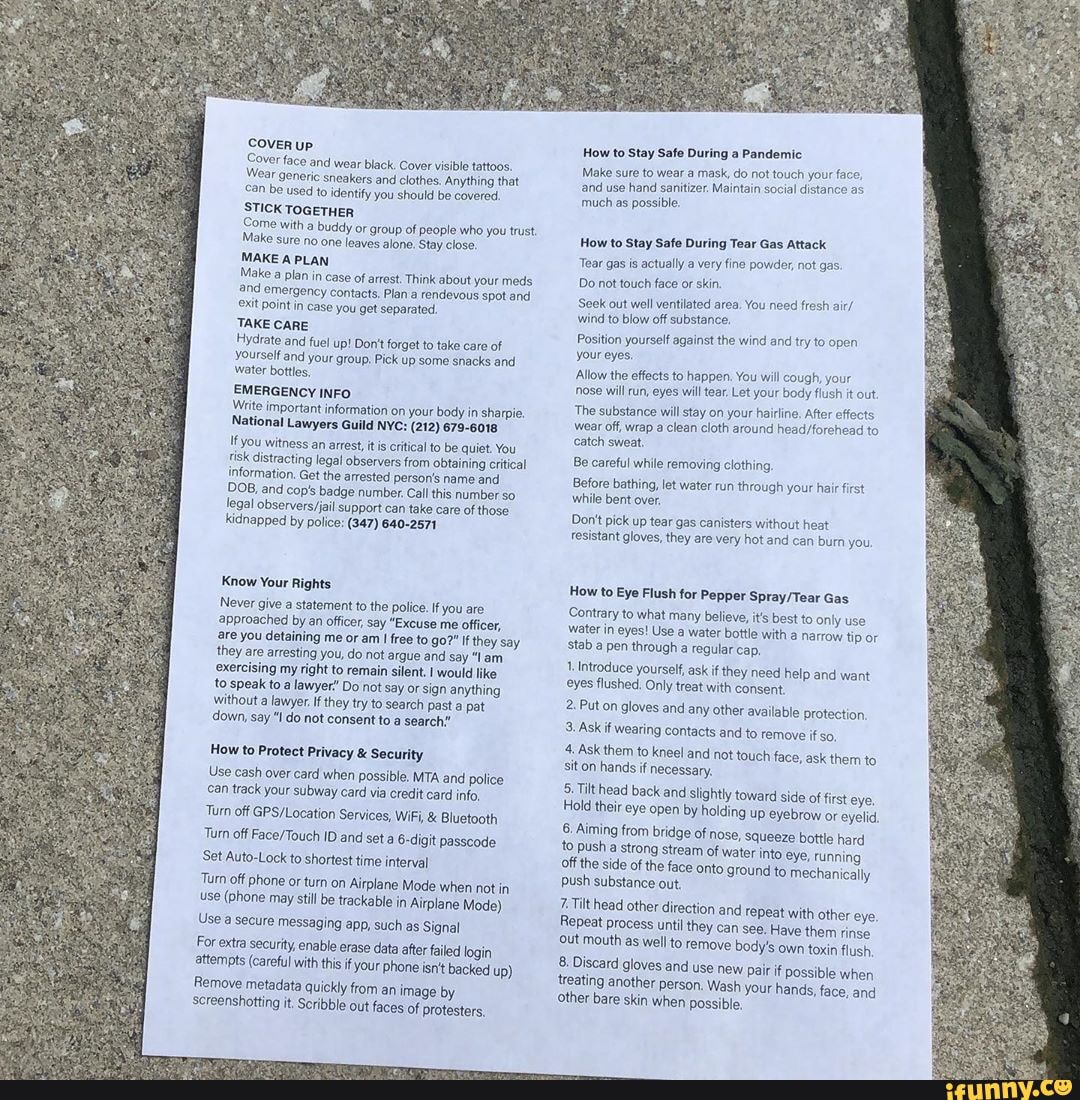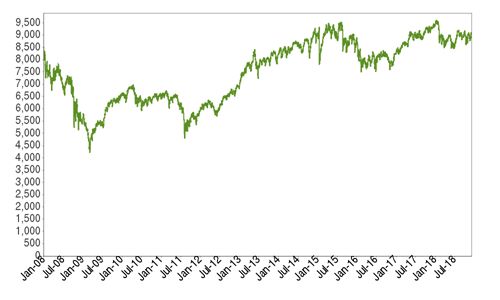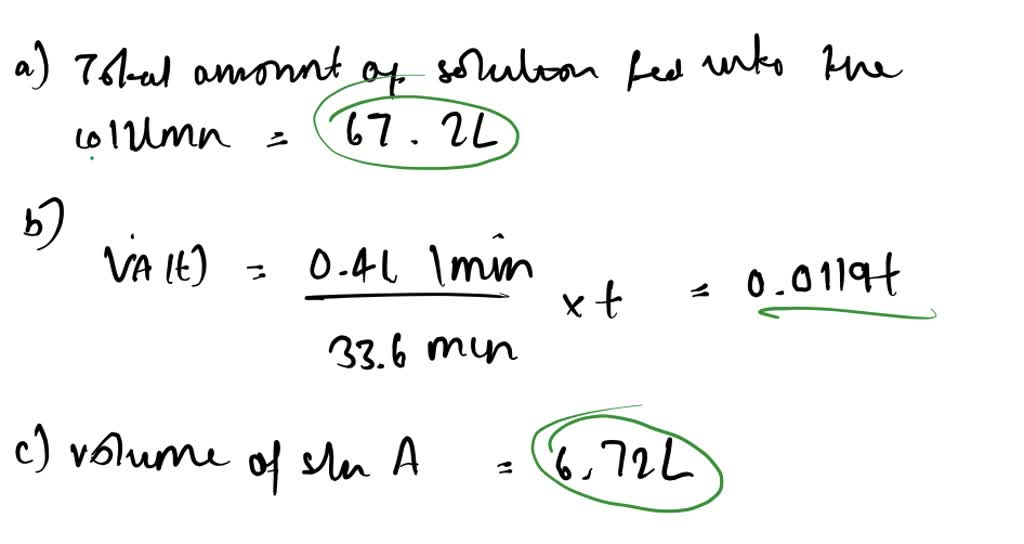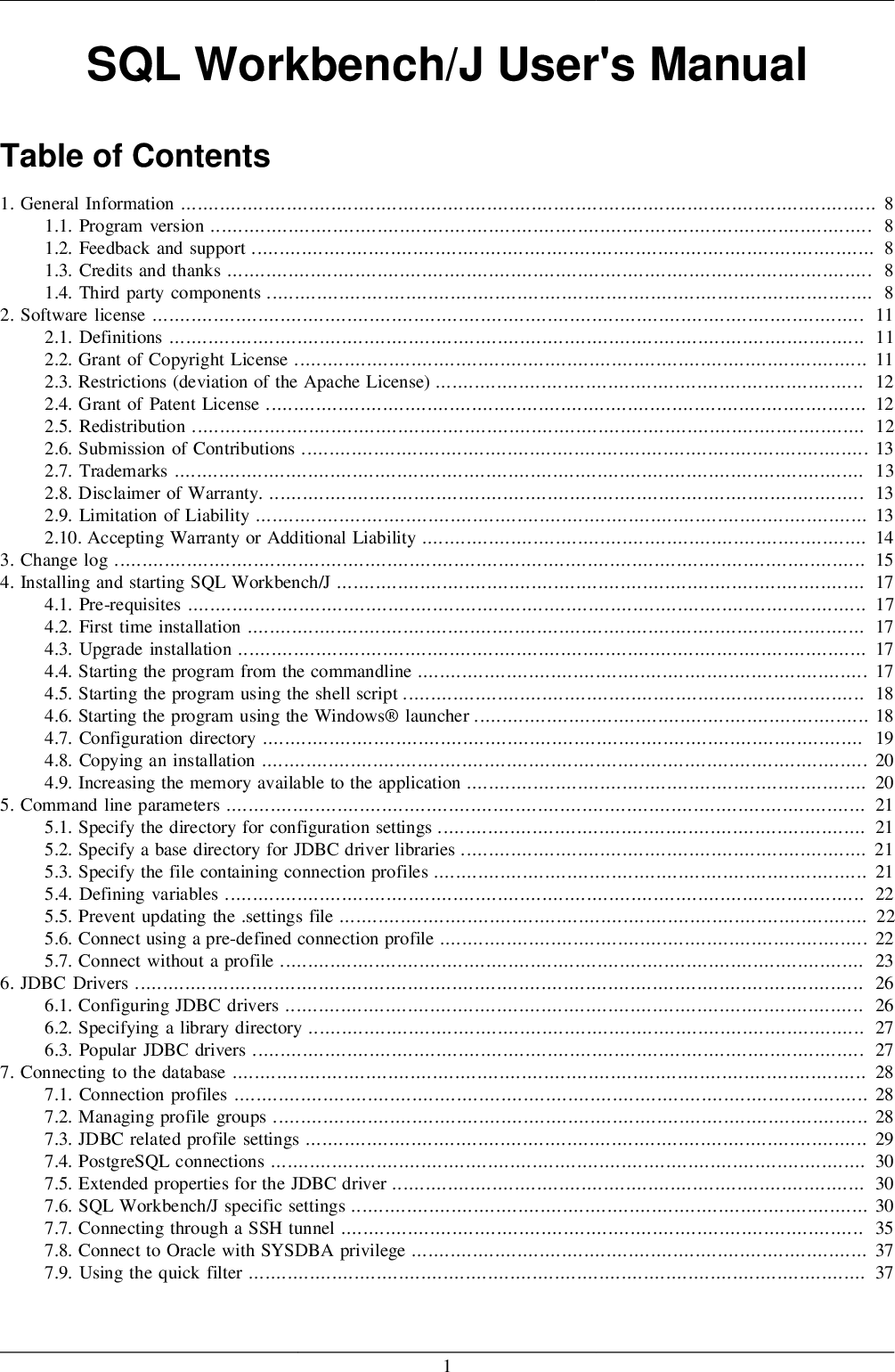Expression_n Expressions that are not encapsulated within an aggregate function and must be included in the GROUP BY Clause near the end of the SQL statement. Aggregate_function This is an aggregate function such as the SUM, COUNT, MIN, MAX, or AVG functions. Aggregate_expression This is the column or expression that the aggregate_function will be used on. Tables The tables that you wish to retrieve records from. There must be at least one table listed in the FROM clause.
HAVING condition This is a further condition applied only to the aggregated results to restrict the groups of returned rows. Only those groups whose condition evaluates to TRUE will be included in the result set. Though both are used to exclude rows from the result set, you should use the WHERE clause to filter rows before grouping and use the HAVING clause to filter rows after grouping. In other words, WHERE can be used to filter on table columns while HAVING can be used to filter on aggregate functions like count, sum, avg, min, and max. Table functions are functions that produce a set of rows, made up of either base data types or composite data types . They are used like a table, view, or subquery in the FROM clause of a query.
Columns returned by table functions can be included in SELECT, JOIN, or WHERE clauses in the same manner as columns of a table, view, or subquery. The GROUP BY clause groups together rows in a table with non-distinct values for the expression in the GROUP BY clause. For multiple rows in the source table with non-distinct values for expression, theGROUP BY clause produces a single combined row. GROUP BY is commonly used when aggregate functions are present in the SELECT list, or to eliminate redundancy in the output. In this example, the columns product_id, p.name, and p.price must be in the GROUP BY clause since they are referenced in the query select list . The column s.units does not have to be in the GROUP BY list since it is only used in an aggregate expression (sum(...)), which represents the sales of a product.
For each product, the query returns a summary row about all sales of the product. Each sublist of GROUPING SETS may specify zero or more columns or expressions and is interpreted the same way as though it were directly in the GROUP BY clause. An empty grouping set means that all rows are aggregated down to a single group , as described above for the case of aggregate functions with no GROUP BY clause.
When you build a query, remember that all nonaggregate columns that are in the select list in the SELECT clause must also be included in the group list in the GROUP BY clause. The reason is that a SELECT statement with a GROUP BY clause must return only one row per group. Columns that are listed after GROUP BY are certain to reflect only one distinct value within a group, and that value can be returned. However, a column not listed after GROUP BY might contain different values in the rows that are contained in a group. Using the GROUP BY ClauseThe GROUP BY clause divides a table into sets. This clause is most often combined with aggregate functions that produce summary values for each of those sets.
Some examples in Chapter 2 show the use of aggregate functions applied to a whole table. This chapter illustrates aggregate functions applied to groups of rows. Aggregates applied to all the qualifying rows in a table are called scalar aggregates. An aggregate function in the select list with no group by clause applies to the whole table; it is one example of a scalar aggregate. A HAVING clause in SQL specifies that an SQL SELECT statement should only return rows where aggregate values meet the specified conditions. It was added to the SQL language because the WHERE keyword could not be used with aggregate functions.
The GROUP BY Clause is used together with the SQL SELECT statement. The SELECT statement used in the GROUP BY clause can only be used contain column names, aggregate functions, constants and expressions. The HAVING clause is used to restrict the results returned by the GROUP BY clause. ROLLUP is an extension of the GROUP BY clause that creates a group for each of the column expressions. Additionally, it "rolls up" those results in subtotals followed by a grand total. Under the hood, the ROLLUP function moves from right to left decreasing the number of column expressions that it creates groups and aggregations on.
Since the column order affects the ROLLUP output, it can also affect the number of rows returned in the result set. Rows that do not meet the search condition of the WHERE clause are eliminated from fdt. Notice the use of scalar subqueries as value expressions. Just like any other query, the subqueries can employ complex table expressions.
Qualifying c1 as fdt.c1 is only necessary if c1 is also the name of a column in the derived input table of the subquery. But qualifying the column name adds clarity even when it is not needed. This example shows how the column naming scope of an outer query extends into its inner queries.
The GROUP BY statement groups rows that have the same values into summary rows, like "find the number of customers in each country". The GROUP BY statement is often used with aggregate functions to group the result-set by one or more columns. SQL Having Clause is used to restrict the results returned by the GROUP BY clause. The Group by clause is often used to arrange identical duplicate data into groups with a select statement to group the result-set by one or more columns.
This clause works with the select specific list of items, and we can use HAVING, and ORDER BY clauses. Group by clause always works with an aggregate function like MAX, MIN, SUM, AVG, COUNT. Like most things in SQL/T-SQL, you can always pull your data from multiple tables. Performing this task while including a GROUP BY clause is no different than any other SELECT statement with a GROUP BY clause.
The fact that you're pulling the data from two or more tables has no bearing on how this works. In the sample below, we will be working in the AdventureWorks2014 once again as we join the "Person.Address" table with the "Person.BusinessEntityAddress" table. I have also restricted the sample code to return only the top 10 results for clarity sake in the result set. This syntax allows users to perform analysis that requires aggregation on multiple sets of columns in a single query. Complex grouping operations do not support grouping on expressions composed of input columns. It filters non-aggregated rows before the rows are grouped together.
To filter grouped rows based on aggregate values, use the HAVING clause. The HAVING clause takes any expression and evaluates it as a boolean, just like the WHERE clause. As with the select expression, if you reference non-grouped columns in the HAVINGclause, the behavior is undefined.
The GROUP BY clause is a SQL command that is used to group rows that have the same values. Optionally it is used in conjunction with aggregate functions to produce summary reports from the database. Adding a HAVING clause after your GROUP BY clause requires that you include any special conditions in both clauses. If the SELECT statement contains an expression, then it follows suit that the GROUP BY and HAVING clauses must contain matching expressions.
It is similar in nature to the "GROUP BY with an EXCEPTION" sample from above. In the next sample code block, we are now referencing the "Sales.SalesOrderHeader" table to return the total from the "TotalDue" column, but only for a particular year. In the result set, the order of columns is the same as the order of their specification by the select expressions. If a select expression returns multiple columns, they are ordered the same way they were ordered in the source relation or row type expression. A table reference can be a table name (possibly schema-qualified), or a derived table such as a subquery, a JOIN construct, or complex combinations of these.
If more than one table reference is listed in the FROM clause, the tables are cross-joined (that is, the Cartesian product of their rows is formed; see below). The ORDER BY clause specifies a column or expression as the sort criterion for the result set. If an ORDER BY clause is not present, the order of the results of a query is not defined. Column aliases from a FROM clause or SELECT list are allowed.
If a query contains aliases in the SELECT clause, those aliases override names in the corresponding FROM clause. Athena supports complex aggregations using GROUPING SETS, CUBE and ROLLUP. GROUP BY GROUPING SETS specifies multiple lists of columns to group on. GROUP BY CUBE generates all possible grouping sets for a given set of columns. GROUP BY ROLLUP generates all possible subtotals for a given set of columns.
The GROUP BY clause causes the rows of the items table to be collected into groups, each group composed of rows that have identical order_num values . After you form the groups, the aggregate functions COUNT and SUM are applied within each group. The GROUP BY clause combines similar rows, producing a single result row for each group of rows that have the same values for each column listed in the select list.
The HAVING clause sets conditions on those groups after you form them. You can use a GROUP BY clause without a HAVING clause, or a HAVING clause without a GROUP BY clause. An ORDER BY clause in SQL specifies that a SQL SELECT statement returns a result set with the rows being sorted by the values of one or more columns.
The sort criteria do not have to be included in the result set. Another extension, or sub-clause, of the GROUP BY clause is the CUBE. The CUBE generates multiple grouping sets on your specified columns and aggregates them.
In short, it creates unique groups for all possible combinations of the columns you specify. For example, if you use GROUP BY CUBE on of your table, SQL returns groups for all unique values , , and . If the WITH ORDINALITY clause is specified, an additional column of type bigint will be added to the function result columns.
This column numbers the rows of the function result set, starting from 1. The optional WHERE, GROUP BY, and HAVING clauses in the table expression specify a pipeline of successive transformations performed on the table derived in the FROM clause. All these transformations produce a virtual table that provides the rows that are passed to the select list to compute the output rows of the query. A subquery with a recursive table reference cannot invoke aggregate functions. SELECT AS STRUCT can be used in a scalar or array subquery to produce a single STRUCT type grouping multiple values together.
Scalar and array subqueries are normally not allowed to return multiple columns, but can return a single column with STRUCT type. Controls which groups are selected, eliminating groups that don't satisfy condition. This filtering occurs after groups and aggregates are computed. In the Group BY clause, the SELECT statement can use constants, aggregate functions, expressions, and column names. We cannot use the HAVING clause without SELECT statement whereas the WHERE clause can be used with SELECT, UPDATE, DELETE, etc.
WE can use aggregate functions like sum, min, max, avg, etc with the HAVING clause but they can never be used with WHERE clause. The GROUP BY Clause SQL is used to group rows with same values. MYSQL GROUP BY Clause is used to collect data from multiple records and returned record set by one or more columns. The HAVING clause is used instead of WHERE with aggregate functions. While the GROUP BY Clause groups rows that have the same values into summary rows.
The having clause is used with the where clause in order to find rows with certain conditions. The having clause is always used after the group By clause. A HAVING clause restricts the results of a GROUP BY in a SelectExpression. The HAVING clause is applied to each group of the grouped table, much as a WHERE clause is applied to a select list.
If there is no GROUP BY clause, the HAVING clause is applied to the entire result as a single group. The SELECT clause cannot refer directly to any column that does not have a GROUP BY clause. It can, however, refer to constants, aggregates, and special registers.
Having Clause is basically like the aggregate function with the GROUP BY clause. The SUM() function returns the total value of all non-null values in a specified column. Since this is a mathematical process, it cannot be used on string values such as the CHAR, VARCHAR, and NVARCHAR data types. When used with a GROUP BY clause, the SUM() function will return the total for each category in the specified table. IIt is important to note that using a GROUP BY clause is ineffective if there are no duplicates in the column you are grouping by.
A better example would be to group by the "Title" column of that table. The SELECT clause below will return the six unique title types as well as a count of how many times each one is found in the table within the "Title" column. SQL allows the user to store more than 30 types of data in as many columns as required, so sometimes, it becomes difficult to find similar data in these columns. Group By in SQL helps us club together identical rows present in the columns of a table. This is an essential statement in SQL as it provides us with a neat dataset by letting us summarize important data like sales, cost, and salary.
The INTERSECT operator returns rows that are found in the result sets of both the left and right input queries. Unlike EXCEPT, the positioning of the input queries does not matter. Corner cases exist where a distinct pivot_columns can end up with the same default column names. For example, an input column might contain both aNULL value and the string literal "NULL".
When this happens, multiple pivot columns are created with the same name. To avoid this situation, use aliases for pivot column names. UNION, INTERSECT, and EXCEPTcombine the results of more than one SELECT statement into a single query.



























No comments:
Post a Comment
Note: Only a member of this blog may post a comment.